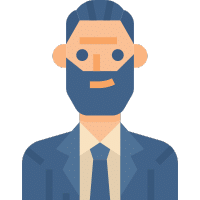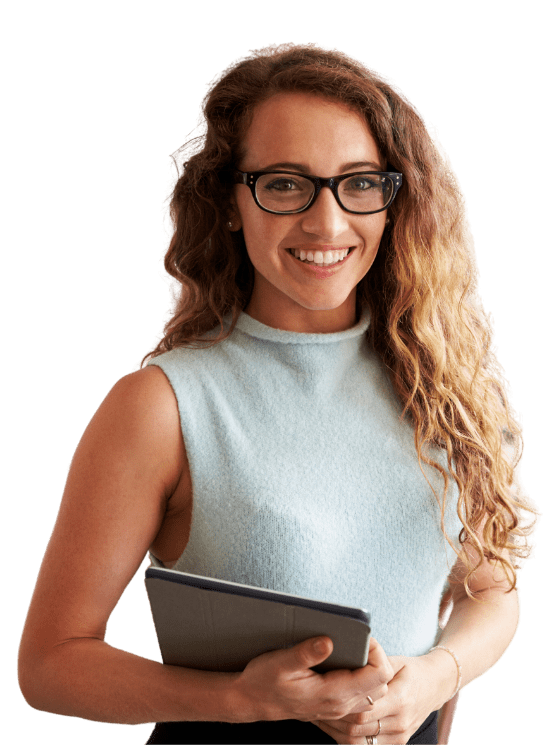Get the Best SEO Services!
Turn Your Website into an SEO Powerhouse and Conquer the Web!
Experience your digital odyssey with our SEO wizardry! Our user-friendly interface simplifies website management while unveiling secrets of website sorcery through our expert team. See your business thrive in the search results realm thanks to Thrive’s magic of high-converting, search-optimized artistry created by its wizards!
" Our Happy Clients "
TRUSTED BY Many Leading Agencies And Business Owners






DGSOL Creative’s expert SEO Services Can Elevate Your Online Presence
Why Opt For SEO Services To Boost Your Online Presence?
DGSOL Creative’s expert SEO Services Can Elevate Your Online Presence
Our SEO Services Feature: An holistic approach: We cover both on-page factors, such as content optimization and website structure, as well as off-page factors, like link building and brand mentions, to ensure maximum SEO success.
Keyword Research: Our in-depth keyword analysis allows us to target the right audience and drive relevant traffic to your site.
Content Optimization: Our experts optimize your website content to be both search engine friendly and engaging to visitors.
Technical SEO: At Element Digital Agency, we ensure the technical components of your website are optimized to provide optimal performance and search engine crawlability.
Local SEO: For businesses located locally, we’ll optimize their online presence to increase visibility in local searches.
Link Building: Our link building experts implement effective link-building strategies that increase the authority and ranking of your website.
Analytics and reporting: Stay informed with regular reports detailing the success of our SEO efforts and any improvement to your website’s performance.

Choose a Manage SEO Package That
Works for
Your Website
+447774039048

John Doe

Jane Smith

Tom Johnson
How SEO Weaves Success for DGSOL Creative?
Rise Above the Competition: Results-Driven SEO
Establish Credibility and Trust
SEO serves as the architect of digital trust, building it step-by-step on top of high rankings. Online users appreciate higher ranks that reflect DGSOL Creative's brand bolstered by SEO's artistry.
Enhancing User Experience
In the digital realm, SEO paints DGSOL Creative's website with vibrant brushstrokes of user delight - speed, mobile-friendliness, and intuitive navigation combine to provide an intoxicating tapestry of delight, drawing visitors back for more.
Precise Targeting of Specific Audiences
SEO is like an expert archer aiming precisely at keywords that resonate with DGSOL Creative's target audiences - like an archer taking aim with his bow! By targeting those words carefully and striking them with precision arrows, DGSOL Creative attracts users passionate about seeking its services resulting in conversion symphonies.
Outshout Competitors
SEO orchestrates DGSOL Creative's performance like an orchestra conductor would, building to an exciting crescendo until its luminary emerges and leads a standing ovation from all who witness.
Employing Local SEO to Achieve Regional Dominance
Utilizing local SEO is DGSOL Creative's plan for regional dominance, leading them through uncharted waters of local searches that touch upon community sentiments and drive success in regional search rankings.
Data-Driven Decisions and Measurable Results
SEO acts like an alchemist of insights, distilling valuable data through analytics tools. DGSOL Creative then interprets these magical scrolls in order to make informed decisions aimed at the constant optimization of websites.
Cost-Effective Marketing
SEO's transformational power allows it to transform meager investments into golden returns; DGSOL Creative's budget offers cost-efficiency at every turn, offering audiences reached and conversions secured.
Adaptability to Evolving Trends
SEO's ever-evolving nature is a dynamic force of nature; DGSOL Creative performs perfectly as it navigates its way gracefully around ever-changing search engine algorithms and user desires to remain attuned to this ever-evolving melody of search.
Unleash Your Business Potential: Dominate with SEO Magic
Expand Your Customer Base Through an Enchanting Online Presence
Local SEO
Dominate your local market with DGSOL Creative's location-based SEO tactics. We optimize websites to attract local customers, ensuring your business thrives in local searches while giving it an edge against rival businesses.
Technical SEO
DGSOL Creative's Technical SEO expertise can enhance the performance of your website. Our trained technicians specialize in optimizing site structure, fixing crawl errors, and increasing page speed, ultimately boosting both search engine rankings and user experience.
Keyword Research
At DGSOL Creative, we recognize the power of targeted keywords through comprehensive keyword research. We identify words that resonate with your target audience to lead traffic to your website and expand online visibility.
On-Page Optimization
Leverage DGSOL Creative's on-page strategies to optimize the content and structure of your website content and structure. Our services range from metadata optimization to formatting of text content - we ensure every aspect is SEO-friendly for improved search engine rankings.
Content Marketing and SEO
DGSOL Creative's combined approach combines content marketing and SEO effectively. Our engaging writing drives engagement while simultaneously increasing website searchability to drive more qualified traffic to your website.
Voice Search Optimization
Get ready for the voice search era with DGSOL Creative's voice optimization techniques. We optimize content for voice queries, connecting you with users of voice assistants and increasing visibility in this emerging trend.
SEO Reporting and Analytics
Stay informed with DGSOL Creative's in-depth SEO reporting and analytics services, providing valuable data about your website's performance to enable data-driven decisions for continuous SEO improvement.
E-commerce SEO
DGSOL Creative offers tailored e-commerce SEO solutions to maximize online sales with DGSOL Creative's services. We will optimize your online store's presence to draw relevant traffic, increase product visibility and boost conversion rates - ultimately leading to maximum e-commerce success!
Social Media SEO
Strengthen your brand's online presence with DGSOL Creative's Social Media SEO services. Our experts integrate SEO tactics into social media posts, driving more visitors to your website and increasing search engine visibility for increased engagement with potential audiences and expanding reach with an effective mix of Social Media marketing and SEO tactics.
Still Confused
Talk To An SEO Expert

